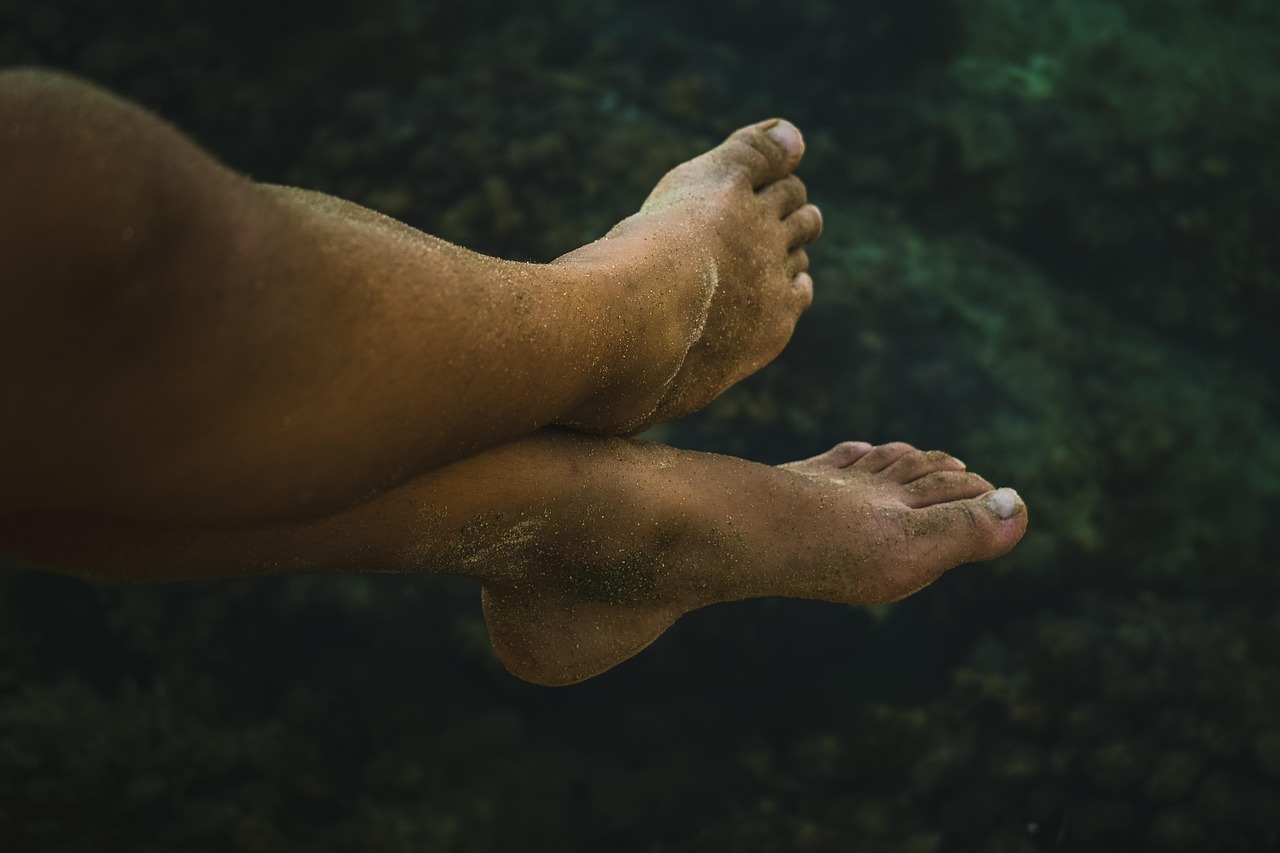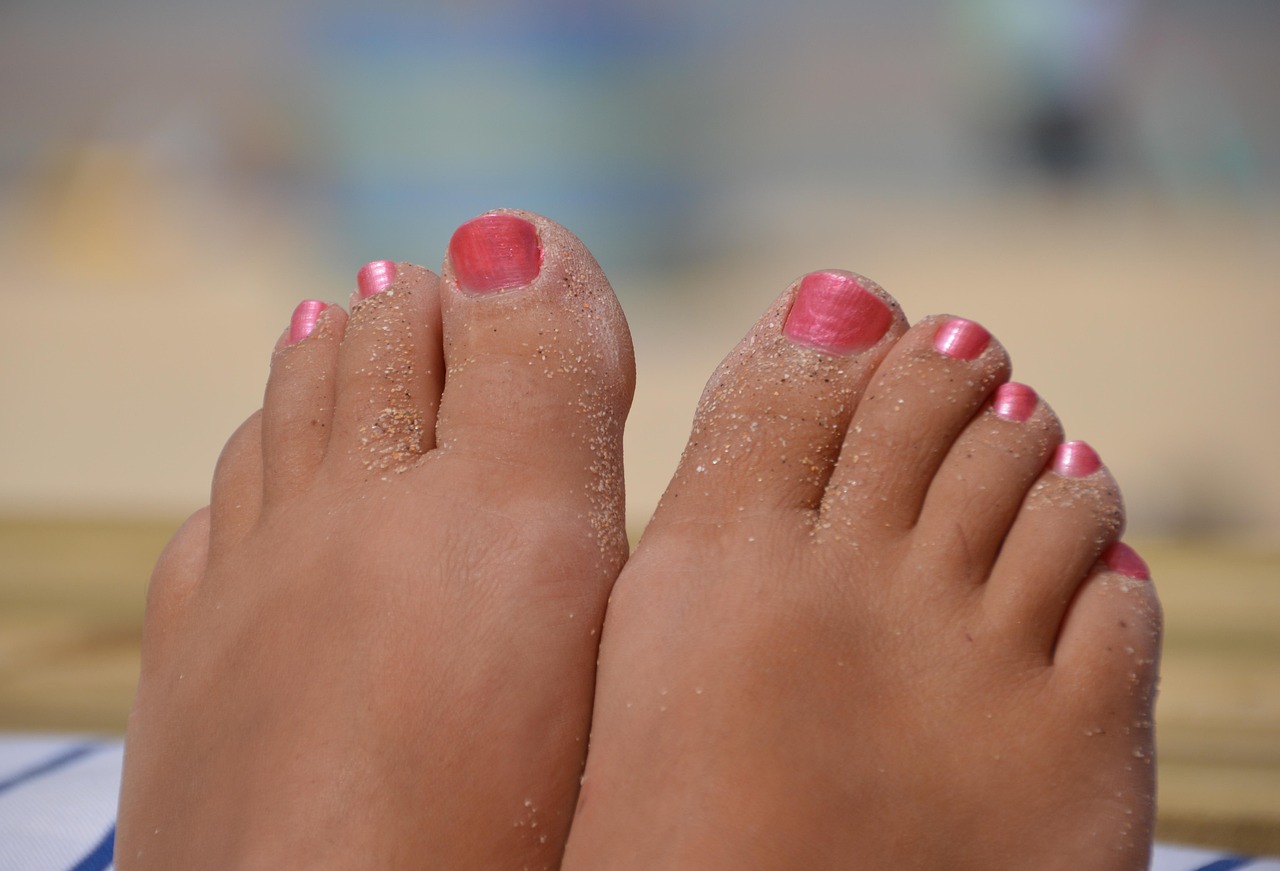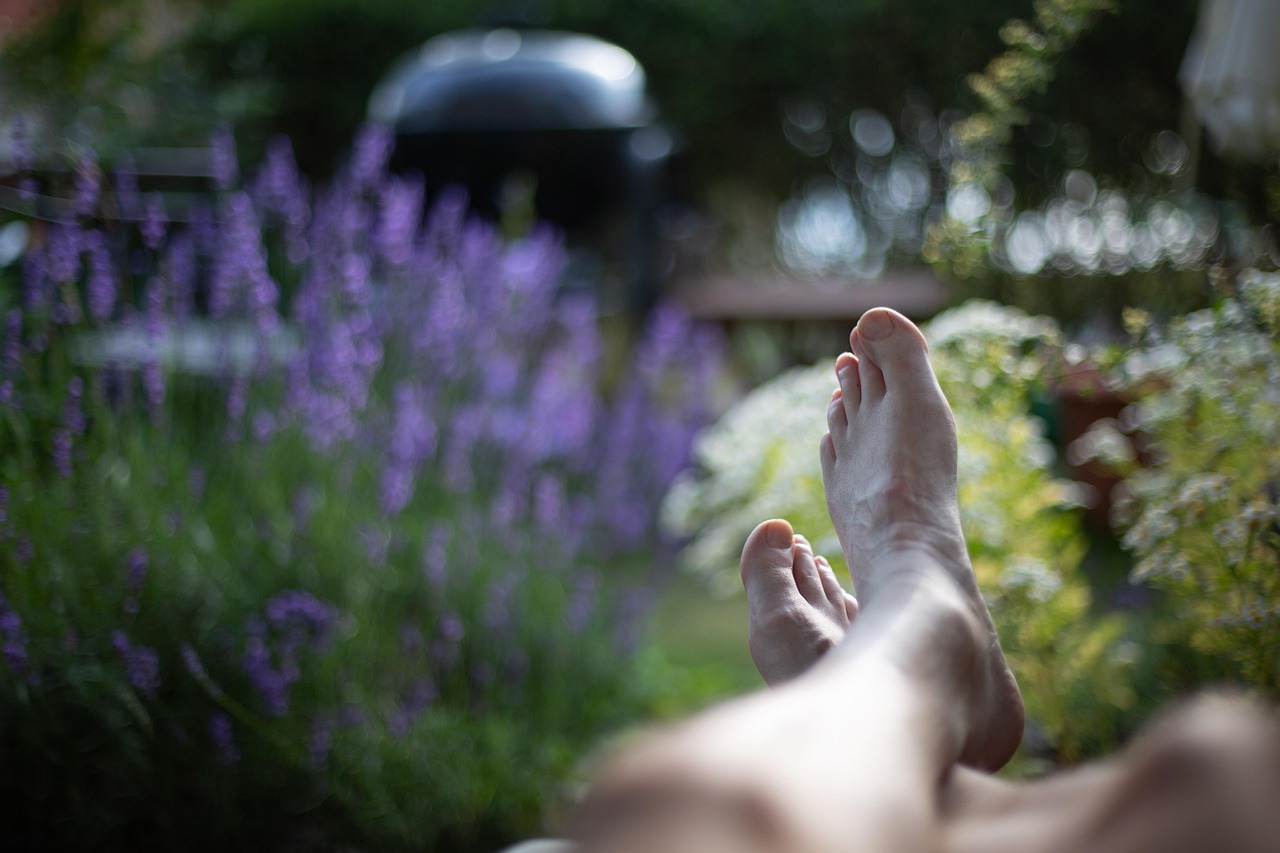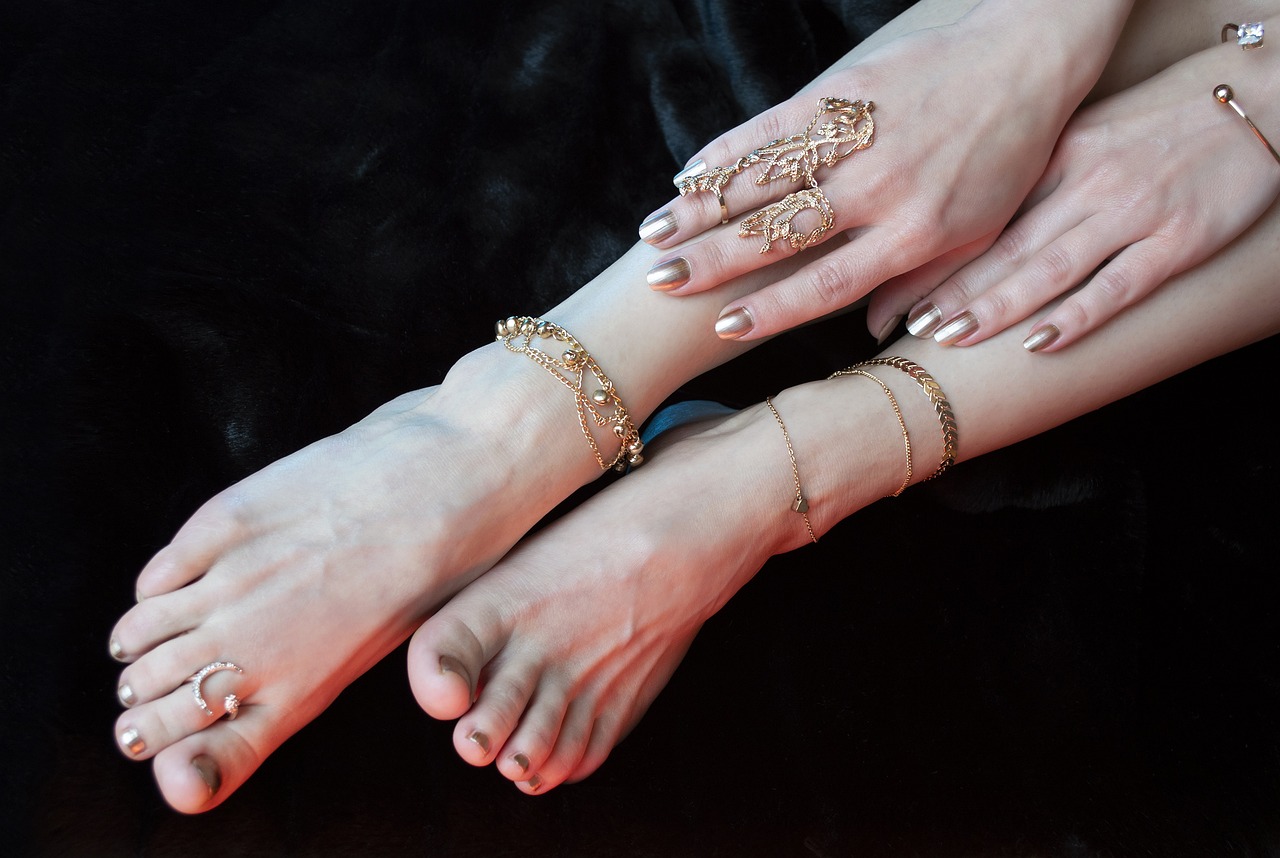Bad smell might mean deeper skin issues.
Foot odor is one of the most common (and frustrating) foot-related concerns. But beyond the smell, could it be signaling something more serious — like heel skin damage?
The short answer is: yes. Persistent foot odor can be a symptom of underlying skin problems, especially on and around the heels. It’s not just about sweat — it’s about what happens when sweat, bacteria, and skin damage come together.
In this post, we’ll explore the surprising connection between foot odor and heel skin health, what causes the problem, and how to fix both the smell and the skin with help from The Beauty Pure.
Table of Contents
Toggle🧬 What Causes Foot Odor?
Foot odor (bromodosis) is caused by a combination of sweat and bacteria. Your feet have more sweat glands than any other part of your body — and when that moisture gets trapped in socks and shoes, bacteria feed on it and produce odor.
But here’s where it connects to heel skin:
- Sweat breaks down the skin barrier, especially on the heel
- Bacteria thrive in damaged skin, especially in micro-cracks
- Friction and heat worsen both odor and skin breakdown
👣 How Foot Odor and Heel Skin Damage Are Related
🔹 1. Bacteria Target Weakened Skin
Cracked or dry heels have tiny openings where bacteria can settle. These bacteria:
- Exaggerate odor
- Delay healing
- Cause deeper irritation or infection
🔹 2. Sweaty Skin Dries Out Quickly
Sweat seems like moisture — but once it evaporates, it leaves the skin drier than before, especially on the already oil-deficient heels.
This can lead to:
- Flaky skin
- Splitting or deep heel cracks
- Burning or itching sensations
🔹 3. Poor Hygiene Worsens Both
If you don’t clean your feet properly or let them air out, you increase your risk of:
- Fungal infections
- Persistent odor
- Long-term skin breakdown on heels
🔍 Signs Your Heel Skin Is Suffering Due to Odor Issues
- Cracked heels that sting or itch
- Persistent strong odor even after washing
- White, soggy skin around heel or sides
- Peeling, redness, or darkened areas
- Skin that feels tight or splits easily
🧴 How to Treat Foot Odor & Heel Skin Damage Together
✅ 1. Wash Feet Daily with Antibacterial Soap
- Focus on heels, soles, and between toes
- Use lukewarm water — not too hot
- Dry completely, especially around the heel
✅ 2. Apply Odor-Control Spray That Won’t Dry Out Skin
👉 Lapitak Foot Odor Preventing Spray
- Kills odor-causing bacteria
- Prevents fungal overgrowth
- Safe for daily use, even on sensitive heel skin
✅ 3. Repair the Heel Skin Barrier
👉 Lapitak Cream for Cracked Heels
- Heals micro-cracks where bacteria hide
- Deeply hydrates to prevent sweat-related dryness
- Soothes irritation from long-term odor buildup
Use nightly, especially after washing feet.
✅ 4. Let Your Feet Breathe
- Alternate between different shoes
- Wear moisture-wicking, breathable socks
- Go barefoot indoors (on clean surfaces) when possible
✅ 5. Exfoliate Gently 1–2x per Week
Sweat and odor leave behind buildup. Use a pumice stone or soft exfoliating cloth — not harsh scrubs — and follow with moisturizer.
🧠 Prevention Is Key
Once your heels are cracked, it’s harder to fight odor — and once odor is established, it worsens skin breakdown. That’s why a dual-action approach is essential:
- Control bacteria and sweat
- Repair and strengthen skin
- Keep feet dry, clean, and nourished
Final Thoughts: The Smell Is a Signal
Foot odor isn’t just a cosmetic concern — it’s often a warning sign that your heel skin is under stress. Ignoring it can lead to deeper cracks, infections, and chronic skin issues.
With the right care — and the right products — you can eliminate odor, restore your heels, and walk confidently again.
👉 Shop The Beauty Pure for antibacterial foot sprays and repair creams designed to fight odor and fix your heel skin from the inside out.





